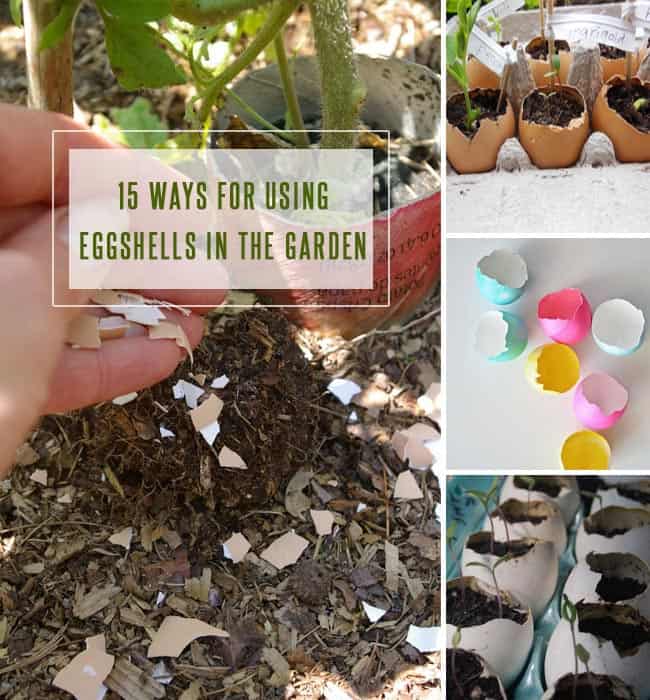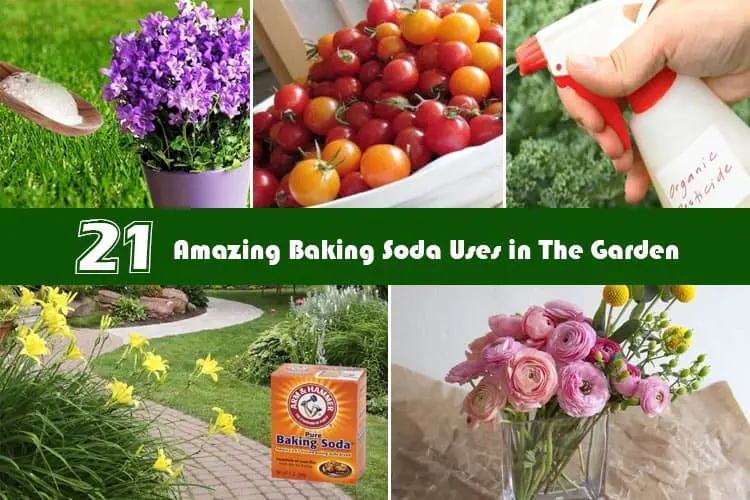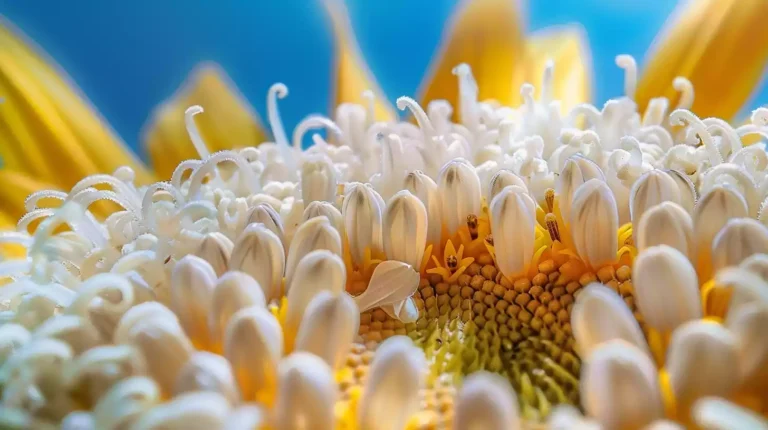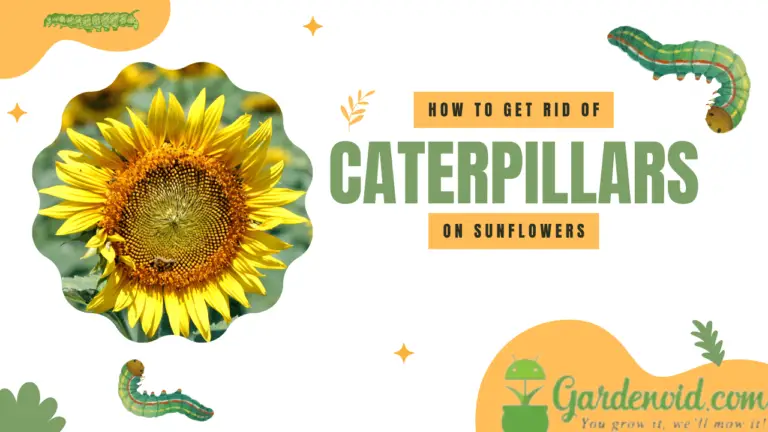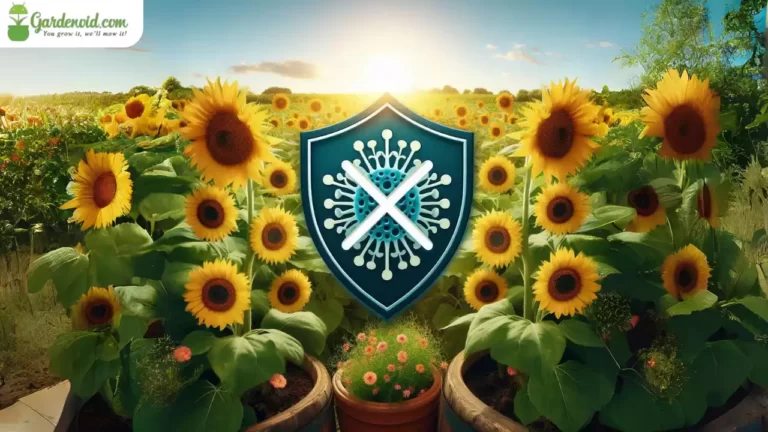How to Shell Sunflower Seeds Quickly?
Have you ever wondered if there’s a more efficient way to shell sunflower seeds? I’ve discovered a technique that can revolutionize how you enjoy this snack.
With a simple tool and a clever trick, you can save time and effort.
Stay tuned to learn the secrets of effortlessly shelling sunflower seeds and enhance your snacking experience.
Continue Reading to Understand These Key Points:
- Enhance flavor and freshness with customized seasoning.
- Engage fine motor skills for mindfulness while shelling.
- Control portion sizes to prevent overconsumption.
- Use sunflower seed shells for composting to reduce waste.
Benefits of Shelling Sunflower Seeds
Shelling sunflower seeds enhances flavor and freshness, allowing for customized seasoning. It engages fine motor skills, promoting mindfulness.
Controlling portion sizes prevents overconsumption. Shells reduce volume for convenient snacking.
Cost-effective compared to pre-shelled seeds, with shells useful for composting.
Tools Needed for Shelling
Essential tools for efficiently cracking sunflower seeds include a rolling pin, a slotted spoon, and resealable plastic bags. These tools are crucial for breaking the hard shells to access the nutrient-rich kernels inside.
Using teeth, nails, or a rolling pin in a resealable bag can help crack the shells effectively. Hand-cranked corn grinders or shaft and chain setups are alternative tools for small-scale shelling. Silicone mats and rollers can also aid in cracking sunflower seed shells, improving overall efficiency.
Proper hand positioning and applying adequate pressure with tools like rolling pins are essential for successful cracking. Having the right tools simplifies the shelling process and allows you to enjoy the health benefits of sunflower seeds.
Selecting the Best Sunflower Seeds
When selecting sunflower seeds, remember that seed size matters as it can impact the ease of shelling.
Freshness is crucial, so opt for seeds with a recent expiration date to ensure quality.
Consider the option of roasting for added flavor and texture enhancement.
Seed Size Matters
When choosing sunflower seeds for shelling, look for plump, firm, and uniform seeds with intact hulls and a darker color. Opt for larger seeds as they’re easier to shell than smaller ones. The size of the seed significantly impacts shelling efficiency.
Smaller seeds can be harder to shell, potentially damaging the seed inside. Larger seeds make shell removal simpler and less time-consuming. Darker-colored seeds have higher oil content, enhancing the flavor of your sunflower seed snacks.
Look for Freshness
To pick the best sunflower seeds for shelling, focus on their plumpness, firmness, and absence of shriveling, which indicate freshness. Fresh sunflower seeds should also be uniform in size and color. Avoid any seeds with a rancid smell, as they may not be fresh. Check the packaging or expiration date for freshness assurance.
Fresh sunflower seeds offer a crisp texture and a delicious nutty flavor, enhancing your shelling and eating experience. Prioritizing freshness is essential for optimal flavor and nutritional benefits.
Consider Roasting Options
When selecting sunflower seeds for roasting, consider their plumpness, firmness, and uniformity. Choose plump and rounded seeds that feel firm for even roasting. Opt for seeds of similar size to ensure consistent roasting.
Decide between hulled or unhulled seeds based on your preference for convenience or hands-on experience.
Preparing Sunflower Seeds for Shelling
To shell sunflower seeds efficiently, follow these steps:
- Fill a plastic bag with up to ½ cup of seeds for easier handling.
- Use a rolling pin to crack the hulls gently, being careful not to crush the seeds.
- Transfer the cracked seeds to a bowl of water and let the hulls float to the surface.
- Remove the shells with a skimmer or slotted spoon, leaving the kernels at the bottom of the bowl.
- Drain excess water by pouring the contents into a colander.
The shelled sunflower seeds are now ready for consumption or roasting to enjoy their nutritious benefits.
Step-by-Step Sunflower Shelling Guide
After preparing the sunflower seeds for shelling with the rolling pin method, follow these steps to separate the cracked seeds from their hulls:
- Soak Seeds: Place cracked sunflower seeds in water and let them soak. The hulls will float to the top, and the kernels will sink.
- Skim Off Hulls: Use a slotted spoon or pour the contents into another container to remove the floating hulls easily.
- Drain Water: Transfer the soaked seeds and hulls to a colander to drain excess water, preparing them for consumption or further processing.
- Repeat as Needed: If more shelled sunflower seeds are required, repeat the soaking and skimming process in batches.
Tips for Efficient Shelling
To efficiently shell sunflower seeds, one can maximize speed and precision by using specialized tools like a rolling pin or slotted spoon. These tools help crack the shells without damaging the seeds inside, making the shelling process much easier.
Practicing shelling techniques is essential to increase speed and efficiency. By honing your skills, you can shell sunflower seeds quickly and with better results. Experimenting with different methods and seeking online tutorials can provide helpful tips for efficient shelling.
Developing a method to crack multiple sunflower seeds simultaneously can significantly speed up the process. Incorporating these tips into your shelling routine can streamline the task and allow you to enjoy the nutritious kernels inside.
Flavoring and Storing Shelled Seeds
I love enhancing the flavor of shelled sunflower seeds by adding spices like salt, pepper, paprika, or garlic powder.
Storing these seeds in an airtight container in a cool, dry place is crucial to maintain their freshness and prevent them from turning rancid.
Flavoring Options for Seeds
For a variety of flavors, season your shelled sunflower seeds with salt, pepper, garlic powder, or spices. Roast them in the oven with olive oil for extra crunch.
Store the seasoned seeds in an airtight container to keep them fresh.
For a sweet touch, try honey, cinnamon, or maple syrup. Toss them with soy sauce, barbecue seasoning, or nutritional yeast for savory options.
Enjoy these flavorful choices while benefiting from sunflower seeds’ health properties!
Proper Storage Techniques
When storing shelled sunflower seeds, place them in an airtight container to preserve freshness and prevent spoilage. Remove hulls before storing to avoid a bitter taste and prolong shelf life.
Follow these tips for proper storage:
- Use airtight containers to prevent moisture and air exposure.
- Store in a cool, dry place to avoid heat and humidity.
- Label with the shelling date to track freshness.
These practices will help keep your shelled sunflower seeds flavorful and nutritious.
Enhancing Taste Profiles
Enhancing the taste profiles of shelled sunflower seeds can be achieved by infusing them with seasonings like salt, pepper, garlic powder, or chili for a personalized flavor experience. Consider the following tips to enhance the flavor of shelled sunflower seeds:
- Experiment with Different Combinations: Try out flavor combinations such as honey-roasted, barbecue, or cinnamon-sugar for a variety of taste profiles.
- Toasting for Nuttier Flavor: Toast shelled sunflower seeds in the oven for a nuttier flavor and crunchier texture.
- Usage in Different Dishes: Incorporate shelled sunflower seeds in salads, granola, and trail mix, or as a crunchy topping for yogurt or oatmeal for added flavor and texture.
- Proper Storage: Store shelled sunflower seeds in an airtight container in a cool, dry place to maintain freshness and prevent spoilage.
Sunflower Seed Shell Recycling Options
Recycling sunflower seed shells offers eco-friendly benefits and practical uses in gardening, cleaning, and pet care. Sunflower seed shells can be repurposed to contribute to a more sustainable lifestyle.
Here are some options for recycling sunflower seed shells:
| Recycling Option | Description |
|---|---|
| Mulch for Gardening | Sunflower seed shells can be used as mulch in gardens to help improve soil quality and retain moisture. They gradually break down, adding organic matter to the soil. |
| Natural Abrasive for Cleaning | The tough and fibrous nature of sunflower seed shells makes them effective as a natural abrasive for scrubbing pots, pans, and other surfaces. They can help remove tough stains without scratching. |
| Bedding for Small Animals | Some people use sunflower seed shells as bedding material for small animals like hamsters or birds. The shells provide a cozy and comfortable environment for pets. |
| Composting | Sunflower seed shells can be composted to create nutrient-rich soil that benefits plants and gardens. They decompose over time, enriching the compost with essential nutrients. |
Final Thoughts
After mastering the art of shelling sunflower seeds, you’ll experience the satisfaction of enjoying fresh, healthy kernels without the hassle of tough shells.
By incorporating this simple process into your routine, you can elevate your snacking experience and reap the nutritional benefits of these delicious seeds.
So why wait? Get cracking and start shelling for a healthier, tastier snack option today!

